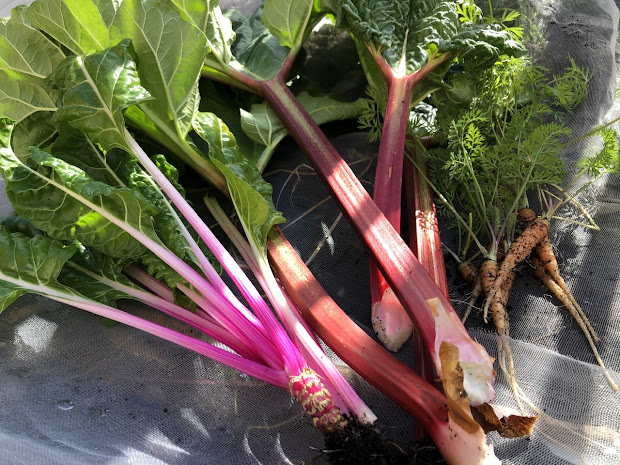Last night's skies were lit by April's Full Moon - also sometimes known as the Paschal Moon as Easter falls on the first Sunday after its appearance which, in this case, is today. But that’s not its only folklore name … Native Americans know this moon as The Moon of the Red Grass Appearing - which is rather poetic, and beautiful in my opinion.
All this moon's names relate to spring getting underway. Anglo-saxons called it Egg Moon; extraordinary how there's a link back to all these names in today's culture ... spring chicks, Easter eggs ... not too sure about Easter bonnets though! The Celts on the other hand were possibly more in tune with nature? They called this Full Moon the Budding Moon, New Shoots Moon and Seed Moon. Yep, it's the month to get sowing.
The general idea seems to be that while the moon is going from new (no moon) towards full, it exerts a growing (waxing) influence over water and therefore plant life. That period is allegedly good for sowing or planting out crops that develop above ground - beans, chard, brassicas, leafy veg.
The reverse is true after the full moon starts to wane. The next seven days is a good time to sow seeds and tubers for plants developing below the soil ... beetroot, radish, carrots, leeks, parsnips, spring onions, potatoes (2nd early and maincrop), Jerusalem artichokes, dahlias, lilies, gladioli - you get the idea.
I've planted up all my dahlia tubers in pots on my balcony so the next week should get them off to a good start. And I'll head out to the veg patch today to sow carrots, beetroot, another row of radish and plant more Jerusalem artichokes.
The 'drawing down' energy is strongest straight after the full moon but fades as it wanes towards the new moon on the 30th. My almanac advises that the last week of the month is a dormant period with poor growth. Obviously my energies will be best directed towards garden maintenance - a good time to prune, weed, mulch and build supports for peas and beans.
And with the weather here in the south of England forecast to be warm and dry, I think I should add watering to that list.





